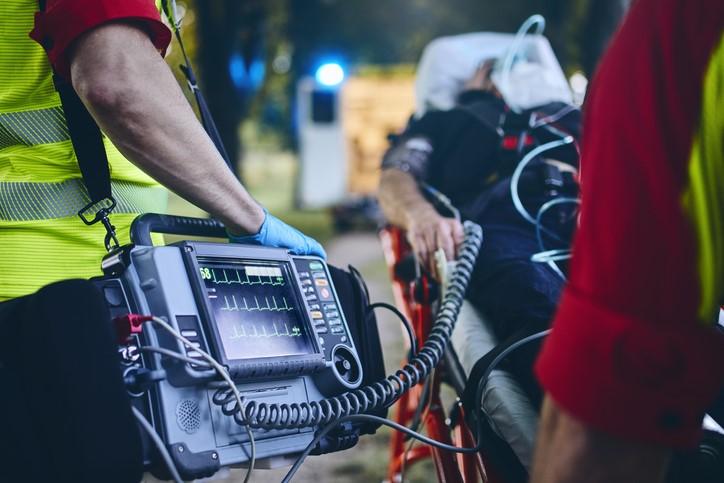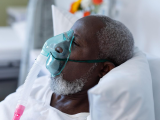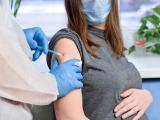Screening based on conventional COVID-19 symptoms may not be sensitive enough to identify which 911 patients should be tested for infection, a retrospective cohort study published today in JAMA Network Open found.
In the study, researchers in Seattle evaluated data from surveillance systems and the electronic medical records of 124 patients with COVID-19 seeking 911 emergency medical services (EMS) in King County, Washington, from Feb 1 to Mar 18.
Most 911 calls were classified by dispatchers as illness of unknown origin (41 of 147 encounters [28%]), difficulty breathing (25%), trauma (15%), and infectious disease (12.9%). But in 91 dispatches (62%), patients didn't report any of these issues.
Often, no symptoms mentioned
Symptoms most often reported in EMS documentation were fever (46% of patients), shortness of breath (44%), fatigue (40%), cough (29%), and altered mental state (28%). EMS responders characterized 36 of 147 visits (25%) as for treatment of flu-like symptoms, respiratory distress (30 [20%]), or COVID-19 (74 [50%]).
Forty-three (29%) of 147 evaluations by firefighter first responders or paramedics identified no COVID-19 symptoms such as fever, cough, or shortness of breath on arrival. Rather, patients said they had chest pain, an altered mental state, weakness, or minor pain or injury, often from a fall.
Forty-three of 84 encounters (51%) identified fever, while 42 of 131 encounters (32%) found rapid heartbeat, and 60 of 112 visits (54%) found low oxygen levels.
Nausea and/or vomiting was reported in 14 encounters (10%), and diarrhea in 9 (6%). Decreased consciousness measured by the Glasgow Coma Scale was reported in 29 of 108 visits (27%), while low blood pressure was seen in 16 of 134 encounters (12%).
Forty-seven of 124 patients (38%) had at least three underlying conditions, the most common of which were high blood pressure (35%), lung disease (21%), diabetes (20%), and dementia (19%). Only 5 patients (4%) had no underlying disease, and the medical history of 14 patients (11%) was not known.
Most patients didn't require advanced care, but patients involved in 24 of 147 visits (16%) required aerosol-generating procedures. Patients in 49 encounters (33%) needed supplemental oxygen therapy and/or mechanical ventilation. Sixty-five of 124 patients (52%) had died as of Jun 1.
Worse outcomes in nursing home patients
Fifty-seven of 124 patients (46%) lived in a long-term care facility. Nursing home patients were older (mean age, 81 years) than those who lived elsewhere (71 years), were more likely to have reduced consciousness as indicated by a Glasgow Coma Scale score of less than 15 (22 of 53 encounters [42%], versus 7 of 55 [13%]), more often had a rapid heart rate (48% vs 21%), and had a higher death rate (73% vs 35%).
Mean age was 76 years, and 66 patients (53%) were women.
The authors said their findings suggest that screening based on typical COVID-19 symptoms or corresponding examination findings of respiratory illness with a fever may not be sensitive enough, at least in the emergency setting, especially among patients who are older and have underlying conditions.
"The findings have potential implications for early identification of COVID-19 and effective strategies to mitigate infectious risk during emergency care," they wrote.






















